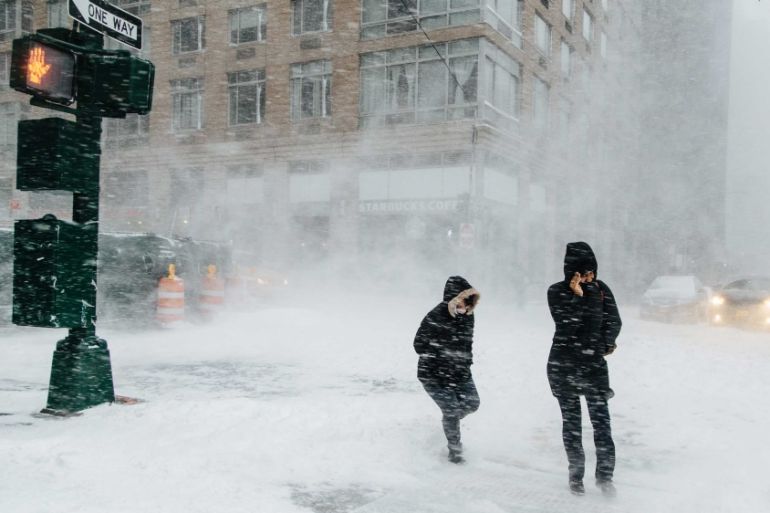IPCC concludes Paris accord is not enough to limit global warming
Little has been done to counter man’s release of global warming gases. Here are the consequences if we continue to fail.

The latest report by the Intergovernmental Panel on Climate Change was designed to define the impacts of global warming reaching 1.5 degrees Celsius.
It also highlighted the increased impact of a further warming to 2C above pre-industrial levels.
Keep reading
list of 4 itemsAre seed-sowing drones the answer to global deforestation?
Rainfall set to help crews battling wildfire near Canada’s Fort McMurray
The Alabama town living and dying in the shadow of chemical plants
However, maybe the most telling comment of the report is found on page 24: The ambitions stated by worldwide governments in the Paris accord of 2015 are no longer enough to limit global warming to 1.5C.
As we stand now
The earth is currently warming at 0.2 degrees Celsius per decade because of past and current emissions. At this rate, 1.5C of warming would be reached by about 2040.
A complete stop to CO2 emissions now would probably keep global warming to below 1.5C but non-CO2 emissions would have to follow a similar path for a similar effect.
Every scenario which limits global warming to 1.5C this century includes an assumption of increased carbon capture, the “easiest” being afforestation and reforestation.
The financial cost to limit global warming to 1.5C is estimated at 2.5 percent of GDP
An extra half a degree
The difference between 1.5 and 2C warming seems trivial but the additional consequences are out of proportion. In effect, everything is worse.
Heatwaves
- 3C hotter @ 1.5C warming
- 4C hotter @ 2C warming
Night-time low temperatures (contributes to most deaths during a heatwave)
- 4.5C warmer @ 1.5C warming
- 6C warmer @ 2C warming
Sea level rise by 2100 (this will continue even with a limit of 1.5C)
- 26cm to 77cm @ 1.5C warming
- An additional 10cm @ 2C warming, putting 10 million more people at risk of inundation
Habitat loss
- 3 times as many insects would lose (half) their habitat @2C of warming compared with 1.5C
- Twice as many plants and vertebrates would lose (half) their habitat @2C compared with 1.5C
Ecosystem change
- 3 times the amount of land is likely to undergo a change of type at @2C compared with 1.5C (13% of the earth’s land area)
- Coral reef loss of another 70-90% @1.5C becomes almost total loss @2C of warming
Some changes, such as the loss of marine and coastal ecosystems, would be irreversible
Water supply
- At least twice as many people will suffer water stress @2C than will be the case at a 1.5C global temperature rise
The future
The terms agreed in the Paris Agreement of 2015 are no longer sufficient to limit climate change. All future scenarios that limit, or bring the world back to, a warming of 1.5C now also include some sort of removal of CO2 from the atmosphere.
At the moment, however, with the exception of planting more trees, methods of CO2 sequestration (removing this gas from the atmosphere) are not yet viable on any significant scale.
Current changes in lifestyle and electricity production are creating an increasing number of options for the use of renewable and more energy-efficient processes. But there remains the apparent contradiction between the ethos of global capitalisation, which requires waste and redundancy, and a manageable future world with containable climate change.